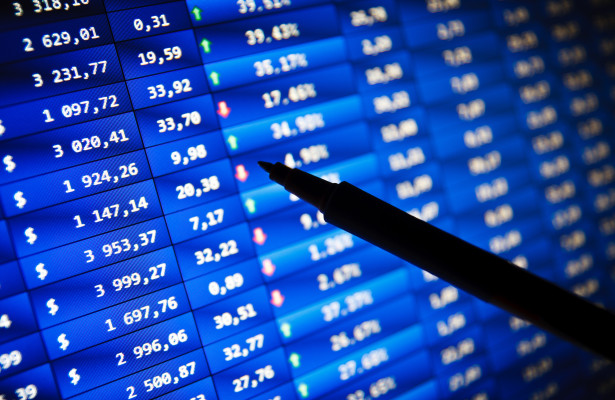The “electronification” of securities trading in the U.S. has been underway for more than two decades as global securities markets have moved away from open outcry and phone/voice trading and towards faster and more efficient electronic alternatives. Nasdaq launched its earliest version of an electronic bulletin board in 1971 and CME group launched its electronic platform in 1992. Old news. What is interesting is that – despite the misgivings of some the electronification of trading is continuing its upward march. In fact in some markets it has reached 90% and more of trading volume, as evidenced in the chart below from the Bank for International Settlements (BIS). Furthermore, it’s coming to markets that have traditionally resisted it.
At the risk of irking some clients, we believe the increasing electronification of securities trading is, on balance, a good thing. And in any event, we see it as an inevitable consequence of technology bringing lower costs, increased liquidity and increased price efficiency to these markets. Vanguard credits the rise of HFT for providing its investors with “hundreds of millions of dollars a year in savings” due to the dramatic reduction in trading costs. Harold Bradley, former head of trading for American Century Mutual Funds, is quoted in a recent article saying: “HFTs are willing to work for 98% less than what the average market marker of yesteryear made.” It appears that when HFTs entered the market and disrupted the traditional model, market efficiency went up and costs came down.
Exchange-traded futures and futures options is where a lot of electronic trading started and it has reached 90% penetration. Further gains will come very slowly as it involves more esoteric instruments. US equities are at nearly 80% penetration and climbing; and FX Spot trading has reached 70%. Standardized interest rate swaps have seen the most dramatic move in those 3 years, starting at 20% and growing to 70% electronification driven largely by jurisdictions that have mandated trades to be centrally cleared (e.g. Dodd-Frank in the U.S. and EMIR in the European Union).
Bonds have been a challenge. First, there are a lot of them. Tens of thousands of securities. And they have a lot of value. According to SIFMA, in the U.S. alone there was $40 trillion in bond market debt outstanding at the end of 2015 and $400 billion in new issuances. There are a lot of vested interests in keeping the market inefficient. Further, not all bond issues are fungible. Historically, bonds have “suffered” from different coupons, maturities, embedded options, covenants, etc., often causing the bonds to be thinly traded. But electronic trading is encouraging a sort of homogeneity in many bonds and that helps to increase liquidity, which increases demand, and in turn prompts new supply. But change is coming. Investment grade corporate bonds jumped from 15% electronically traded in 2012 to 40% in 2015. There are a lot of them and there are a lot of people who make money from the inefficiencies of non-electronic trading. But it’s coming. Even high-yield bonds have moved from 10% electronically traded in 2012 to 25% in 2015. We expect to see penetration increase in this sector as well. The same drivers that have converted other asset classes to electronic are persistent in nature and the continued progression of electronification seems inevitable.
Electronic trading is not only changing the way securities are traded it also has introduced new market structure and market participants. Many fixed income, currency and commodity (“FICC”) trades shifted from a dealer-to-dealer to a centrally cleared environment, pushed largely by regulation. This move allows members to trade with other members, without dealers. BIS estimates that dealer-to-dealer fixed income trading now only accounts for 45% of electronic trades.
Michael Lewis’ popular book – and likely soon to be movie – Flash Boys, pointed out that there can be a downside to electronic trading, when people find ways to game the system. When that happens regulators may need to step in. No, the free capital markets do not always quickly self-regulate. Sometimes they need a push in the right direction but, on balance, we believe that electronification of trading – for lack of a better word – has been good for investors, though I’m not sure it would have saved Blue Star Airlines, Anacott Steel, or Teldar Paper. But we expect to continue to see electronification’s inevitable march across asset classes throughout the world.




